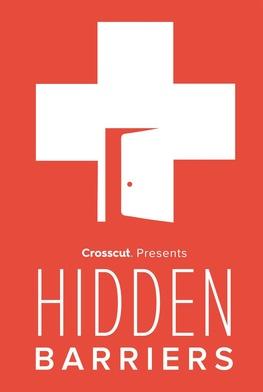Watch Clip

Racism, a public health crisis | Bites
1m 30s
After the resurgence of Black Lives Matter protests in 2020, many declared racism a public health crisis. So what exactly does that mean?

















